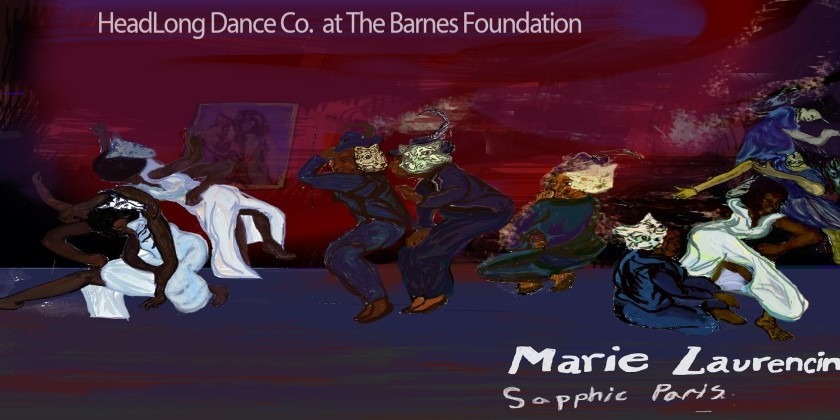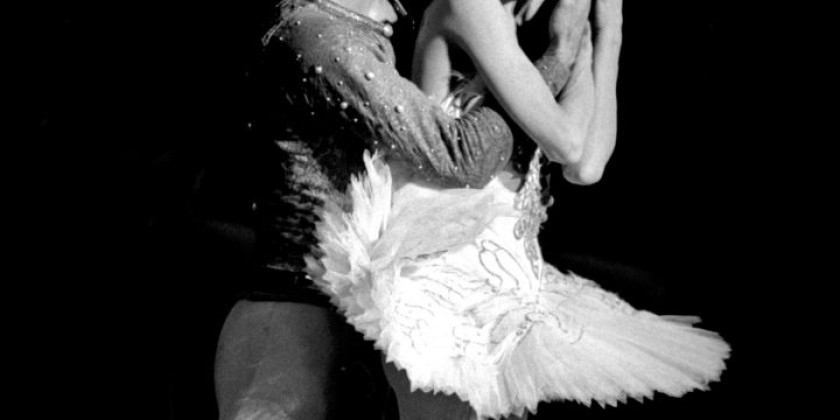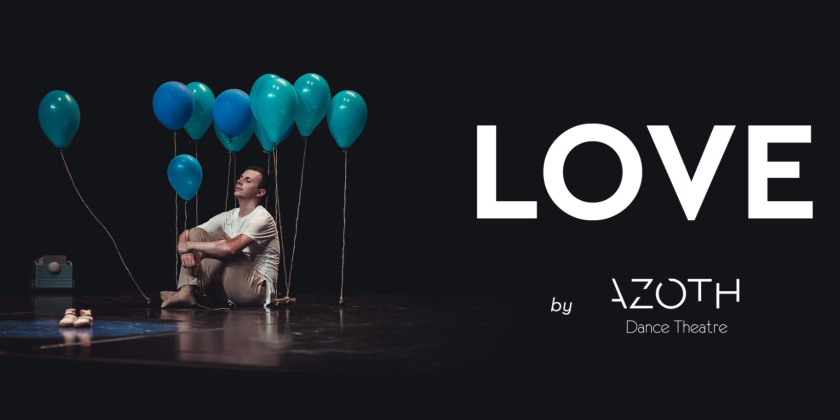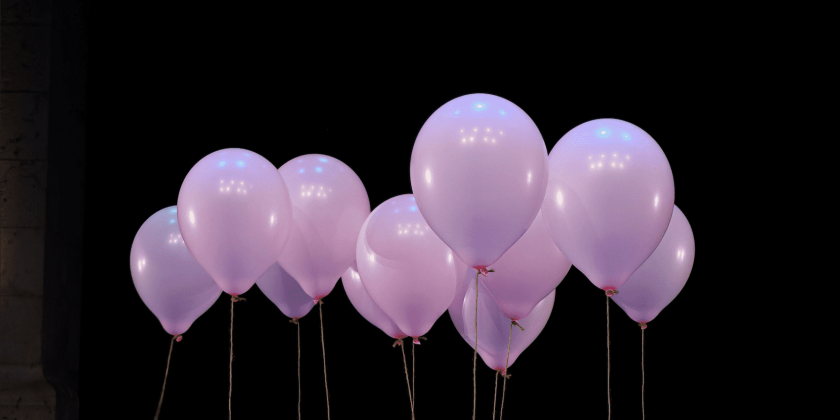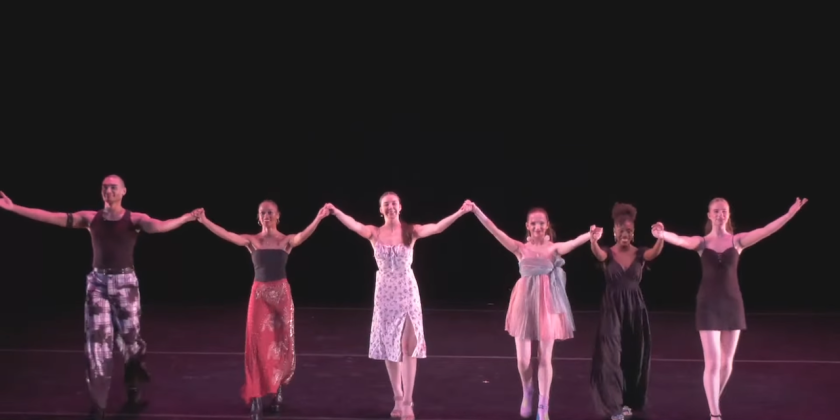AUDIENCE REVIEW: "Alive" by Rosari Sarasvaty

Company:
Northern Plains Dance
Performance Date:
December 2023
Freeform Review:
Rosari Sarasvaty’s Alive premiered in December 2023 at Northern Plains Dance in Bismarck, ND. Alive is a contemporary dance work heavily inspired by the Kecak Dance, the traditional dance of Bali, Indonesia. The Kecak Dance is traditionally performed to the vocal chanting of sixty men, and recounts a battle from the ancient Hindu epic the Ramayana. A cast of twelve conveyed the Balinese dance-drama. In Alive, Rosari Sarasvaty emphasized that goodness will always triumph over evil.
In three sections, Alive depicted a “Welcome Dance,” a “Portrayal of Battle Between Good and Evil,” and a “Triumphant Victory Over Evil.” The movement was precise: the dancers carried an incredible specificity in timing with the music and chanting they danced to. They also maintained angular shapes in their upper body; particularly visible were recurring shapes of bladed hands and bent elbows.
The “Welcome Dance” opened with a soloist in the center of the stage. The soloist was surrounded by a group of six who were seated in a semicircle upstage. The stage’s colorful backdrop depicted a rising sun beaming over a green hill and a blue sky. The dancers’ white tops, black and white checkered belts and loose orange pants brought a warm color palette to the green and blue backdrop.
The soloist danced a phrase of slow, sustained movement — descending into a grand plié, the dancer initiated from the pelvis to lean the body towards the right. The dancer then wiggled all ten fingers, and lingered in this moment before exiting stage right. The upstage six rose as the soloist exited. They executed the same leaning shape and wiggled their fingers. Shortly after, they introduced a walking pattern. In this first iteration, the dancers walked in place, but would later traverse the stage. As the dancers walked, their arms incrementally rose above their torsos; the arms slightly changed level with each step. This walking recurred throughout Alive, which symbolized unity within the group. The instrumental music had a steady beat which the dancers followed.
The ensemble of six was joined by four more members, and the ten began traversing through the stage in a weaving pattern. Half of the group maintained the in-place foot pattern in a horizontal line, which the others snaked through.
The ensemble united and travelled downstage with Alive’s walking pattern motif, and the music slowed. In silence, the downstage line fell into a deep lunge, while the upstage line remained upright; with a slight lean, the upstage line bent their arms in an inverted position. The backdrop starkly turned into a solid brick color, and a recording of the Kecak Dance’s chanting began. This indicated the start of Alive’s second section: “Portrayal of Battle Between Good and Evil.”
The soloist returned, dressed in a brown, high-necked dress. The soloist stepped into the center of the group as the ensemble rolled towards center to create a huddled formation. The ensemble tossed their hands to the sky and shook their wrists while the soloist danced in the center. The soloist’s movements were angular, and highlighted flexed feet and wrists. Half of the ensemble rose to their knees and created a contracted position while the other ensemble dancers sat crisscrossed on the floor, facing outwards.
The chanting carried a driving energy which the dancers matched. The dancers rolled downstage and faced the audience, their palms held together in a prayer position. They began a canon of angular arm gestures, allowing the stage to have a somewhat moment of stillness before they broke out into larger dance phrases. The section was vigorous, and contained many jumps, prances, turns, lifts, and rolls. The ensemble synchronized with an expansive phrase, leaving them kneeling in a contracted position with their arms raised and cupped above their heads.
Alive’s “Triumphant Victory Over Evil” section concluded the dance with a hopeful atmosphere. The instrumental music from Alive’s opening section returned, and the dancers followed its steady rhythm. The soloist entered the stage and danced through the ensemble, who remained kneeling and contracted. The ensemble rose and began walking in two lines on the beat of the music. The soloist followed suit and joined the walking pattern, but remained in the center.
The separation between the soloist and the ensemble was especially evident in this final section, as the soloist was left onstage and dancing with free-flowing movements. The dance ended on a settled, final note: the soloist exited the stage with the same walking pattern that the group had executed, which indicated kinship and connection with them. Together, through their belief in the power of goodness, the dancers had expelled the evil from their community.
Author:
Kristen Hedberg
Website:
kristenhedberg.org
Photo Credit:
Photo courtesy of Rosari Sarasvaty









